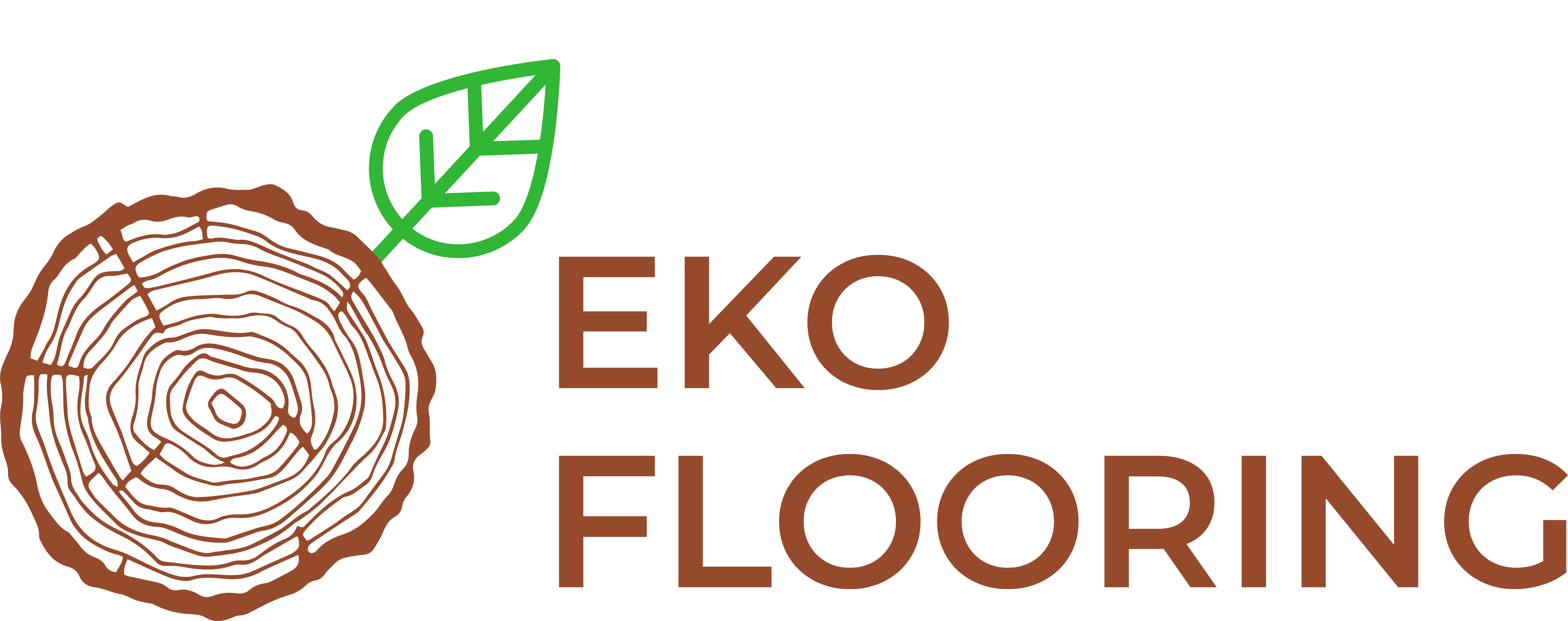Call or Text (818) 917-7736
Los Angeles
Engineered Wood Flooring in Los Angeles
Engineered wood flooring is a fantastic choice for any home, thanks to its durability, long-lasting quality, and versatile design options. With proper care, these floors can maintain their “just installed” look for years to come—if they’re consistently and correctly maintained.
That’s where EKO Flooring steps in. For over 20 years, we’ve served the Los Angeles area, helping homeowners and businesses achieve the floors they love. We’re not just a supplier of engineered wood flooring in Los Angeles—we handle installation and maintenance as well.
It’s simple: you pick the flooring, and we take care of everything else, from delivery to routine upkeep. At EKO Flooring, we make it easy to enjoy beautiful, long-lasting engineered wood floors in your LA home or business.




Why Homeowners Love Wood Flooring
We carefully hand-select every wood sample in our showroom to ensure the highest quality for your budget—from high-end options to more affordable choices. Wood is incredibly versatile, blending seamlessly with both modern and traditional styles. Its natural warmth and charm can elevate any room.
Variety
But why stop at flooring? Wood can also be used on staircases, accent walls, and custom walkways, allowing you to create one-of-a-kind designs that truly stand out.
If you want something custom, we can sand and stain the wood to match your exact vision. And if you ever want a new look in the future, simply refinish it to refresh or completely change the style. With wood’s flexibility and timeless appeal, you’ll enjoy stunning results for years to come.
Increase Home Value
In Los Angeles, engineered wood flooring is more than just a design preference—it’s a worthwhile investment. Adding engineered wood floors instantly boosts a home’s value and makes it more appealing to potential buyers, whether you’re selling now or years from now. In fact, the National Association of REALTORS® reports that installing brand-new engineered wood flooring provides an impressive 118% return.
The National Wood Flooring Association also finds that properties with engineered wood floors sell faster and at higher prices. Buyers appreciate the timeless look, durability, and warmth that wood floors bring, making them more likely to pay a premium and make quicker decisions. This advantage holds true whether you’re upgrading to a larger home or downsizing.
Commercial spaces benefit just as much. Over time, daily foot traffic can make other flooring types look worn and tired. High-quality wood, on the other hand, is built to withstand heavy use while maintaining a professional, welcoming appearance. By choosing wood and committing to routine maintenance, you’ll avoid the hassle and expense of frequent replacements—and enjoy a polished look that lasts for years.
Durability
One of the top reasons homeowners and businesses choose engineered wood flooring is its exceptional durability. With the right care, engineered wood floors can easily last over 30 years. Maintaining them is simple—regular sweeping, vacuuming, and the occasional use of a wood floor cleaner keep them looking pristine. Unlike cheaper alternatives that often need replacing after just a few years, engineered wood flooring offers a smart long-term investment that saves you both money and hassle over time.
Wood’s durability also makes it a popular choice for high-traffic commercial spaces. It can withstand thousands of footsteps every day while maintaining its timeless beauty. Whether you’re outfitting a busy office, a trendy café, or your living room at home, engineered wood flooring is built to impress and stand the test of time.




Real Quality Wood Flooring vs Inexpensive Options
Humidity can be challenging, and not all flooring options can withstand the moisture and temperature fluctuations. Low-quality or improperly installed wood often warps or gets damaged under these conditions, leading to frequent repairs and frustration.
In high-traffic areas, inferior wood can show wear within just a few years—scratches, dents, and cracks quickly accumulate. For businesses, the stakes are even higher, as constant foot traffic accelerates deterioration, causing costly downtime for replacements.
Investing in high-quality engineered wood flooring is the smarter choice. Premium wood is crafted to last for decades, maintaining its beauty and performance even in challenging environments. With proper installation and maintenance, wood can stand strong against Los Angeles’ humidity while saving you time and money over the long term. Choose superior materials and enjoy a floor that combines durability, elegance, and peace of mind for years to come.

